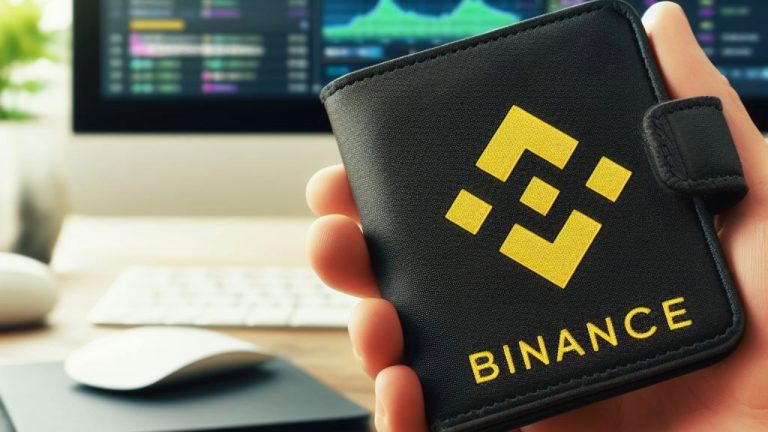
Binance has announced the launch of a new “self-custody” Web3 wallet aimed at simplifying the user experience and protecting user funds when using decentralized apps. The wallet features multi-party computation (MPC) tech, which Binance alleges allows users to manage the wallet without memorizing or handling seed phrases.
Binance Releases New Web3 Wallet
Binance, one of the largest cryptocurrency exchanges, has announced the launch of a new Web3 wallet that aims to become a simple tool for its customers to experience the decentralized finance (defi) world. The wallet, previously advertised as “the key to onboarding the next billion,” also claims to put security first, featuring multi-party computation (MPC) tech to allow the user to be onboarded without worrying about seed phrases.
Changpeng “CZ” Zhao, founder and CEO of Binance, who has alerted people about the supposed risks of self-custody wallets before, emphasized that this wallet touched on the issue of simplifying the management of Web3 tools, to allow more people to access these services. In a press release, he declared:
To help drive Web3 adoption, we have to identify and plug the gaps between centralized and decentralized systems. Binance’s Web3 Wallet lowers the barriers of entry for users to achieve full self-custody of their assets and it is an important, convenient bridge towards defi empowerment.
Binance Head of Regional Markets Richard Teng explained that besides user experience, another focus in the wallet’s development was security.
The press release defines the wallet as “self-custodial,” but this is not exactly the same as what is typically understood as a non-custodial wallet in crypto where the user has complete control over the entire private key. The Binance press release describes: “Having the key-shares split across three different locations mitigates the risk of the keys being compromised and reduces the vulnerability of the system. Two out of the three key-shares are controlled by users.”
Teng stated that Binance’s Web3 wallet users should be “assured that they are interacting with Web3 within a secure and protected ecosystem,” adding that by using it, “the common stress of worrying about losing one’s seed phrase is removed,” allowing more users to experience decentralized applications.
Powered by Trust Wallet
Binance revealed that this new wallet is an example of the implementation of Trust Wallet’s wallet-as-a-service (WaaS), a suite of tools that allows third parties to provide Web3-based services to their customers without the need to build an in-house wallet.
Trust Wallet alleges that its white-label implementation cuts development times “from years to months,” allowing companies to access Trust’s tech stack while focusing on their activities instead of spending resources creating their own tools.
Launched in November 2017, California-based startup Trust Wallet was purchased by Binance in 2018, with the company stating that the acquisition would “add an on-chain mobile wallet to the list of Binance services,” hinting at possible integrations.
What do you think about Binance’s new usability-focused Web3, self-custody wallet? Tell us in the comments section below.





